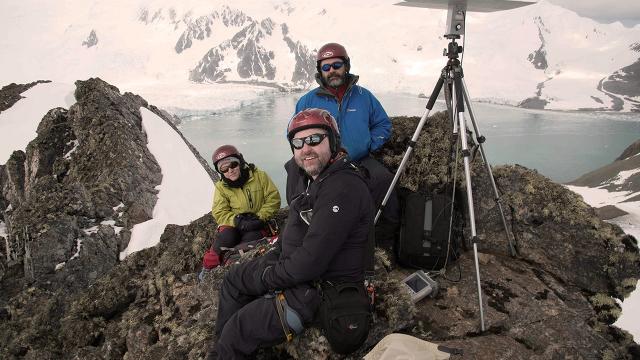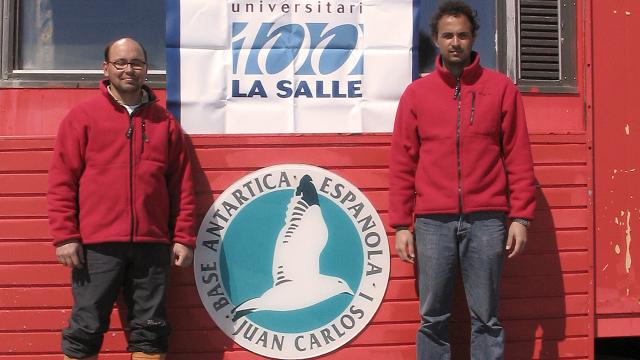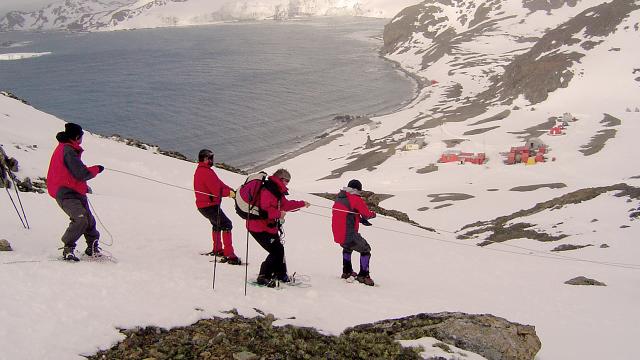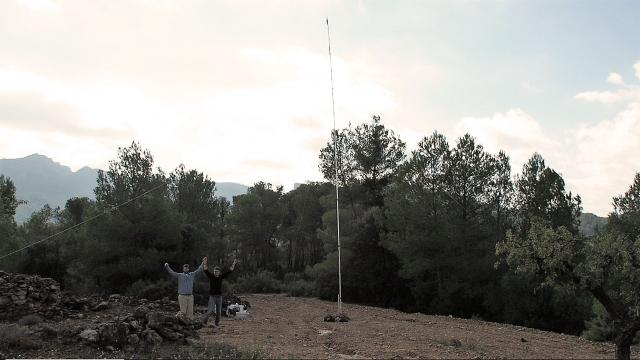At the end of December, two students from La Salle-URL will leave for Antarctica to continue work on a telecommunications project that has been underway since 2003. Joaquim Porté, a PhD student at La Salle-URL, and Josep Maria Masó, a student from our Master's in Telecommunications, will spend three months working at the Juan Carlos I Antarctic Base, the Spanish scientific base that is part of the CSIC, located on the island of Livingston.
The project, Optimized HF transmission for Near Vertical Incidence Skywave (NVIS) links for remote sensors in Antarctica, is financed by the Spanish Ministry of Economy and Competitiveness and the European Regional Development Fund (ERDF).
Until now, most of the sensors installed by the Spanish scientific community in Antarctica have been placed close to the stations, as accessing them can be complicated and data is collected manually. This project aims to make progress in improving the communication capabilities of Spanish scientists in Antarctica, designing a network of sensors able to transmit sensor data from very remote locations (including the continent) to the Juan Carlos I Antarctic Station. This network will use NVIS technology that allows communication between nodes up to 250 km away using reflection off the ionosphere in the HF band (3-30 MHz). Since both the transmitted and received signals come from the upper atmosphere, no line of sight is needed and the signal is not lost despite obstacles. This makes it possible to cover large areas, up to 250km. The sensor network will also allow bit rates of up to 20 kbps, enough to transmit sensor data. The proposal will also see the installation of a comprehensive prototype sensor network, both for data and for digital text messaging.
Thanks to these improvements in telecommunications, the base's scientists will not have to go outside to look for the sensors they have installed at different points, but will receive the readings directly at their base. Work is also being done to optimise power usage in these sensors in order to reduce consumption and make them more autonomous. A network of sensors such as these makes the area of influence of Spanish scientists wider, and makes new experiments possible.
This system also has simple applications in case of natural disasters, when most communications systems (mobile phones, private radio) collapse, since high frequency networks using NVIS are the most agile and economical solution to communicate the affected area with other parts of the country.
Afterwards, on their return to Barcelona, the researchers will be able to analyse operation of the sensors, as well as how mobile communication has been carried out and study the behaviour of the ionosphere channel for data transmission.
In this case, La Salle-URL students already successfully tested this system this summer at the Urubamba solidarity project in Peru to connect isolated local communities located at higher altitudes.




